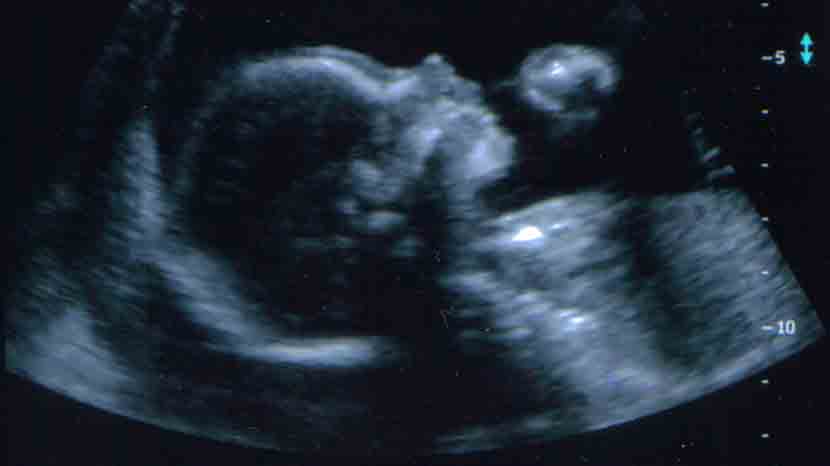ANU helps solve mysteries of how embryos form and cancers spread
Scientists at The Australian National University (ANU) have helped solve the mystery of how a human embryo forms, in a discovery that also provides clues to how cancer can spread throughout the body.
Lead researcher Professor David Tremethick from The John Curtin School of Medical Research (JCSMR) at ANU said the team identified the ‘master regulator’ of the processes that are vital in the early development in mammals, including humans.
“The processes involved in developing tissues and organs in embryonic life were previously a mystery, but our study has revealed the key player involved,” said Professor Tremethick, Head of the Department of Genome Sciences at JCSMR.
He said the master regulator was a variant of one of the four fundamental proteins that make chromosomes called H2A.Z.
“We now know that H2A.Z plays a crucial role in the early development of mammals because it switches key genes on and off at precisely the right places and times,” Professor Tremethick said.
Humans are composed of at least 400 different cell types, which are created through the regulation of the genes.
“We see similar processes involved in the ability of tumours to spread to other parts of the body, which indicates that H2A.Z might have a dark side by playing a key role in cancer,” Professor Tremethick said.
“We’re now looking at how H2A.Z may be misregulated in cancer.”
The research is published in Cell Reports.

